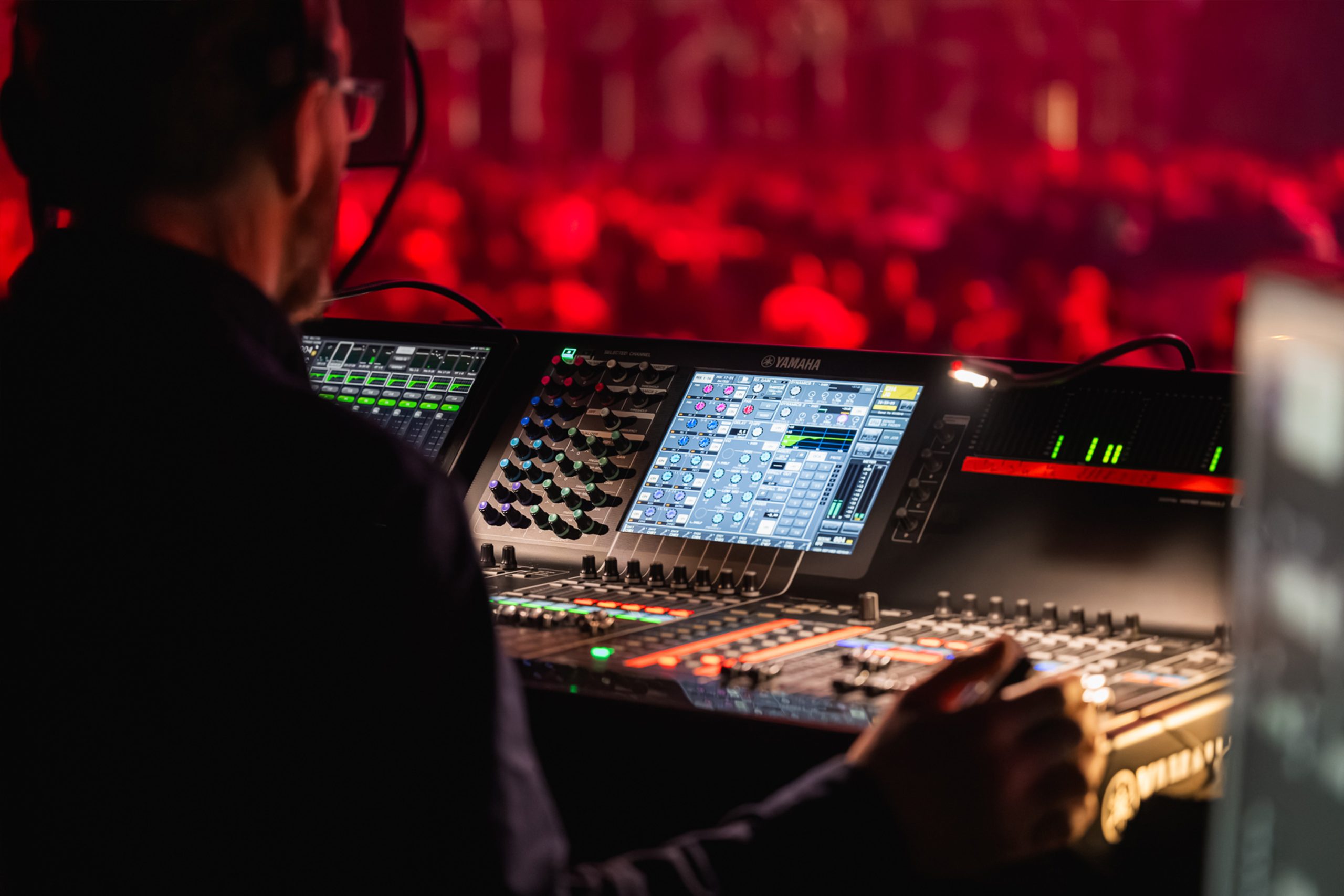Conquering Obstacles in the Craft of Video Image Mapping Implementation
Wiki Article
Video projection mapping technology is an innovative method that transforms common surfaces into dynamic presentations. This technique enables creators and designers to cast images and footage onto items like structures, sculptures, or theaters, creating an engaging aesthetic encounter. However, despite its capabilities, executing video projection mapping effectively comes with several obstacles. Understanding and overcoming these hurdles is essential for anyone seeking to create impactful projection art.
One of the main challenges in video projection mapping is guaranteeing that the projected image matches accurately with the surface. This procedure, known as "mapping," requires accurate measurements and figures. If the projection is not matched correctly, the images can look distorted or off. To tackle this issue, artists often use specialized software that helps in mapping the visuals to the object's size. Moreover, conducting thorough tests before the ultimate projection can help detect any misalignments and enable for modifications to be made.

Another major obstacle is the different brightness and hue of the projected visuals. Different surfaces respond differently to illumination, which can affect how the shades appear once cast. For instance, a light-colored material will reflect brightness differently than a dark one. To overcome this, creators must consider the surface properties before selecting the hues and brightness for their displays. Testing the projection on the real surface during the preparation phase can provide valuable understanding into how the ultimate presentation will appear.
Technical difficulties can also pose a hurdle in video projection mapping. Problems such as hardware malfunction, software bugs, or connectivity problems can disrupt the entire production. To minimize these threats, it is vital to conduct thorough hardware checks and have backup plans in position. This can comprise having additional cables, projectors, and even alternative software options ready to go. Being prepared for technological difficulties can ensure a more seamless execution of the projection.
Finally, audience engagement is an essential aspect of video projection mapping. While the visuals are critical, how the audience engage with the presentation can make official source a big impact. Creators must consider about how to create their displays to attract viewers’ attention and encourage interaction. This can involve incorporating elements that invite participation or create a narrative that resonates with the viewers. Gathering feedback from test audiences can also help refine the presentation to enhance engagement.
In conclusion, overcoming obstacles in video projection mapping demands meticulous preparation and innovation. By tackling the challenges of matching, brightness, technological problems, and viewer engagement, artists you could try here can create spectacular and impactful projections. With the appropriate approaches in position, video projection mapping can change common spaces into extraordinary experiences, captivating audiences and leaving a lasting impression.